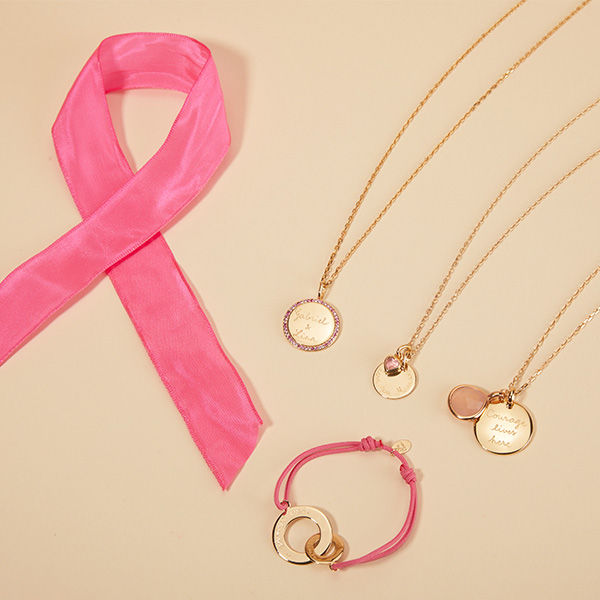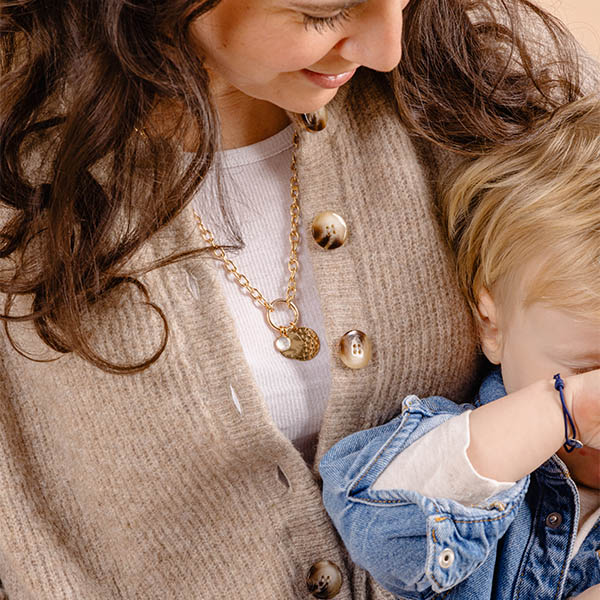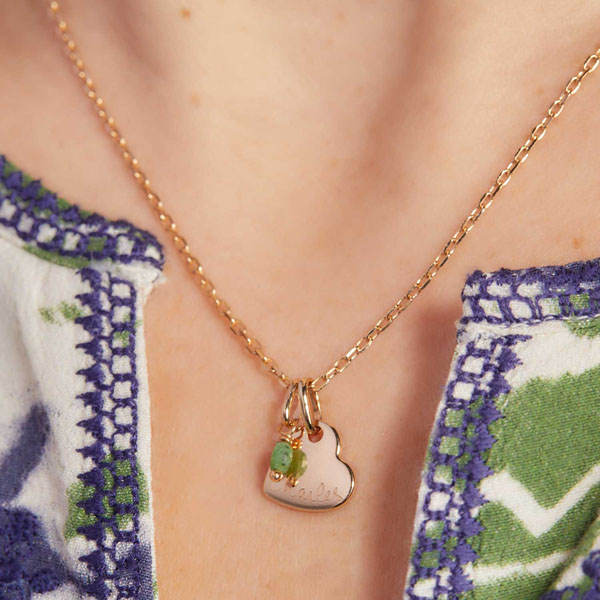International Caesarean Awareness Month: April 2022
- Merci Maman
- Motherhood Journal
- 18 Apr 2022
- 401views
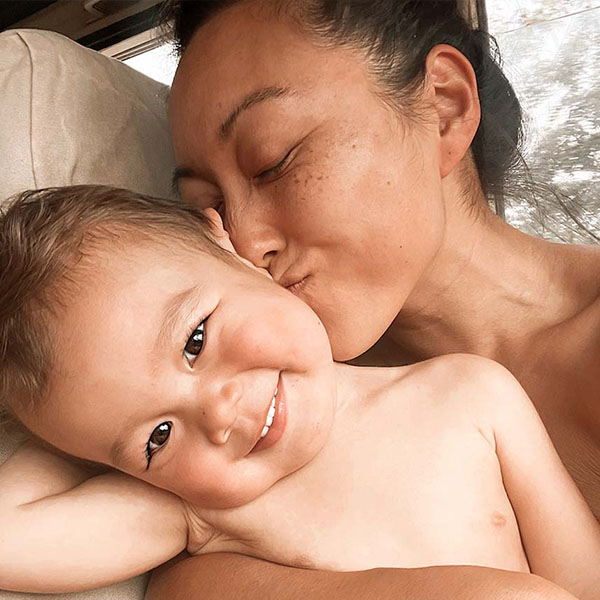
A caesarean, or C-section, is a major operation used to deliver a baby by making a cut in the tummy and womb. The NHS estimates that around 1 in 4 pregnant women in the UK have had a caesarean birth. To put that into perspective almost 25% of UK births may have ended up being caesareans. Despite being so widespread, a C-section is a major operation that carries a number of risks. These risks can include anything from blood clots and excessive bleeding, all the way to damage to your organs or accidental harm of the baby Even though a wide breadth of women may have gone through Caesareans, there is still a damaging stigma surrounding the surgery. With the month of April being Caesarean Awareness Month, here at Merci Maman we have decided to place a spotlight on the lovely Elle Peterson to hear about her journey to motherhood. As well as her experience on having a caesarean and how she is fighting the stigma associated with C-sections.
What are the main aims of International Caesarean Section Awareness Month?
- To provide information about the real indications for caesarean section and its alternatives (vaginal route, VBAC), so that every woman can make an informed choice.
- Reduce the rate of unnecessary caesarean sections: almost 1 in 3 pregnancies in the United States has a caesarean section.
- Celebrate the resilience of mothers who have had a caesarean - value their experience and lift the shame culture (‘shaming’).
- To advocate hospital policies that encourage respectful support and family-friendly protocols.
- Increase awareness of the real risks and benefits of caesarean sections.
- Encourage a reduction in the number of elective operations.
- Empower patients to negotiate birth plans tailored to their needs.
Strengthen post-partum support networks.
Meet Elle Peterson
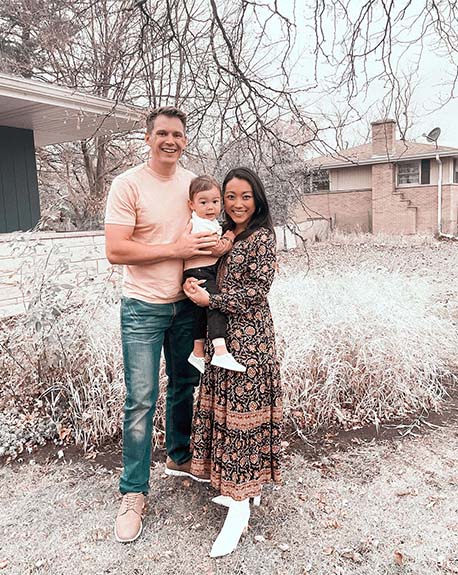

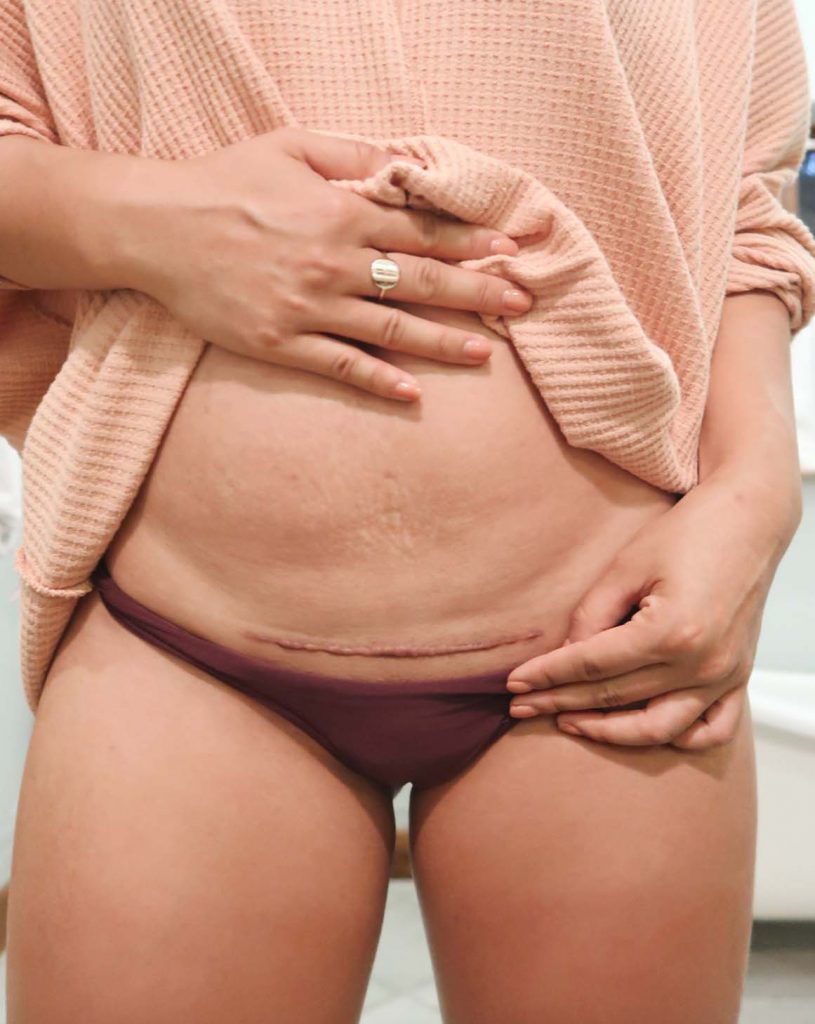
Elle Peterson, who you may know as @sheis.elle on instagram, is a soon to be Mother of two who is currently based in tropical Tanzania. Over on her social media she candidly shares her journey and experience with having a C-section. Alongside this she also documents the changes that pregnancy has brought to her body. Keep reading to find out more about Elle and her journey ...
Our Caesarean Awareness Interview With Elle
So Elle can you let us know a little about your motherhood journey?
Becoming a mother had always been important to me. I knew I wanted to have children, so when conceiving a child didn’t happen as quickly as I thought it would, I realised just how badly I wanted it. Being adopted also played a larger part than I thought it would. My entire life I had never known someone with the same blood as me – I so badly longed to know someone who shared the same DNA. When I found out I was pregnant with my son, I had an intense feeling of anticipation to finally look at someone who was part of me. When that day came, I felt so extremely grateful. Motherhood has been a beautiful journey – but the hardest one I have been on yet. It comes with all types of rewards but at the same time, challenges and lessons. It has taught me to respect my body even when I don’t love how it looks, it has made me realise that no matter how hard I try and hope, most things are out of my control, it has forced me to give myself and others grace, it has showed me that sacrifice can be gratifying, and ultimately, it has allowed me to feel love in a way I had never experienced before.
Elle detailing her journey to motherhood and how much she is appreciative of it.
Was a Caesarean something that you had always planned?
No, it wasn’t, however, I always knew that it potentially would need to happen. I feel like I was mentally prepared, which made going into it perhaps a bit easier.
How was your experience?

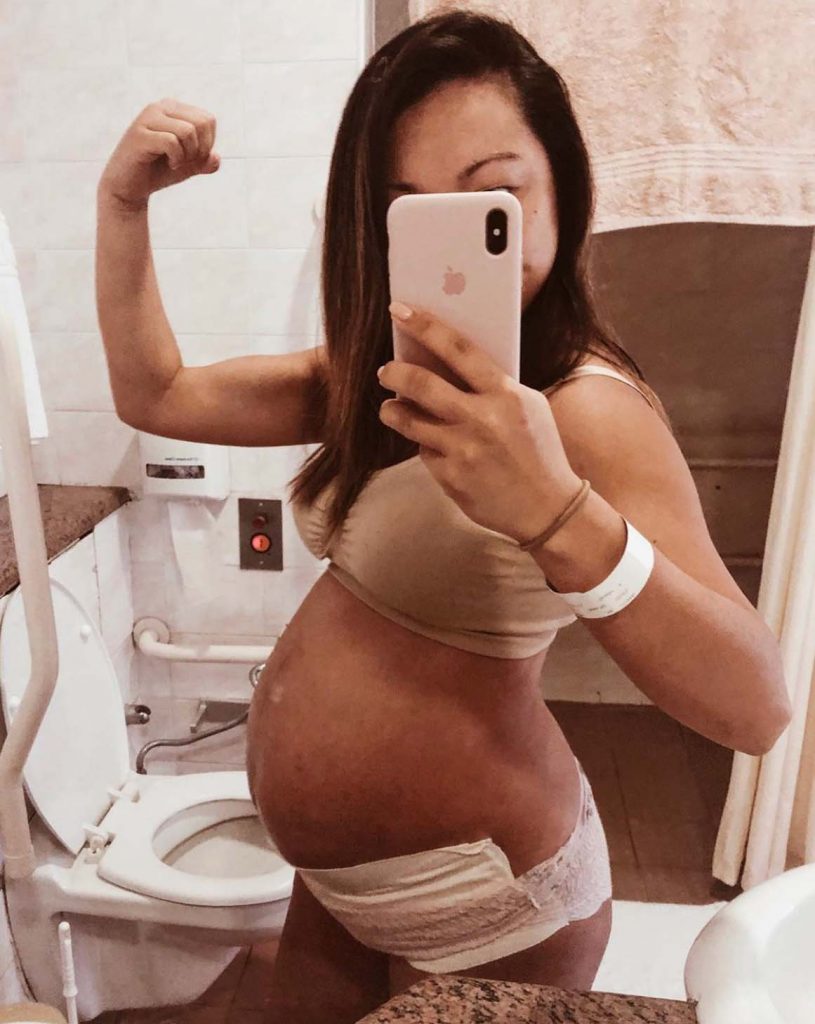
Thankfully my caesarean wasn’t an extreme emergency. They were able to prep me for surgery without feeling too rushed or panicked. The actual surgery went smoothly and my doctor did a wonderful job. It was after surgery and during recovery that was the hardest. After surgery, all I wanted was to do be with my family and hold that little bundle of joy, but instead, they wheeled me off to recovery alone.Recovery was also difficult. I felt discouraged for weeks, wondering if I would ever gain strength again or be able to do the things I was able to do before. On top of learning the ropes of being a mother for the first time, I was struggling to get in and out of bed and walk for more than 10 minutes at a time.
Do you feel there is a stigma around C-sections?
I think the stigma around Caesareans is definitely decreasing, but there is still shame around them, especially if someone has an elected C-section. I love seeing more conversation and celebration around them and how mothers are being more empowered about their C-section birthing experiences.
How was your recovery & support after?
Immediately after delivery, I felt like the care workers in the hospital did not inform me with adequate information regarding after care and what to expect during recovery. I did a lot of the asking of questions and research. I am fortunate to have a fantastic support system around me from my husband, family and friends. They really were my pillars during that time of recovery and gave me the mental and emotional strength.
Are there any resources/support groups that you found helpful?
The best way I get encouragement is by seeing images and stories that normalise different parenting journeys. I don’t want to go hunting for it -- I just want them to be on my main feeds because diverse birthing and parenting methods are regularly being celebrated. So, for me personally, it is important to follow a variety of transparent and honest accounts.One account that really helped me during that time was @mother.ly. You are welcome to also follow along my page @sheis.elle!
Conclusion - key message for April & beyond
A caesarean section is a birth experience in its own right. Informed, supported and free of guilt, every mother can live this experience as her own birth story, rich in courage and love. During International C-section Awareness Month 2025, let's share, listen and break the taboos - because no womb, no scar and no story should be judged.
Elle speaking about how important it is to be seeing inclusive and transparent parenting.
We want to massively thank Elle for sharing her journey with us.
FAQ
What are the different types of caesarean section and how are they decided?
There are two main types of caesarean section: scheduled (elective) and emergency.
A scheduled caesarean section is planned in advance for medical reasons (such as placenta previa or an abnormal position of the baby).
An emergency caesarean section is performed during labour, when vaginal delivery becomes complicated (foetal distress, obstructed labour, etc.). It can also be performed in an emergency situation to preserve the life of the mother or child.
The choice depends on the medical assessment and individual circumstances.
How long does recovery generally take after a caesarean section?
Recovery varies from person to person, but generally takes between 6 and 8 weeks. The first few weeks may be marked by pain, intense fatigue and physical restrictions (such as avoiding heavy lifting). Full recovery may take several months.
Is it possible to give birth vaginally after a caesarean section (VBAC)?
Yes, in certain cases, a vaginal birth after caesarean section (VBAC) is possible, under strict medical supervision. This depends on factors such as the reason for the first caesarean, the state of the uterus and the conditions of the current pregnancy. Discuss this with your doctor to assess the risks and benefits.
What specific care should be given to the scar after a caesarean section?
The scar requires special care: gentle cleaning, careful drying and monitoring for signs of infection (redness, discharge, intense pain). Gentle massage (once the scar has healed) can help to reduce adhesions. Always follow your healthcare professional's recommendations.
How is post-caesarean pain managed?
Painkillers are generally prescribed for the first few days. Applying cold, resting and wearing a support belt can provide relief. Avoid sudden movements and ask for help with physical tasks. Talk to your healthcare team if the pain persists.
Does a caesarean affect breastfeeding?
No, a caesarean section does not make breastfeeding impossible, but it may complicate it temporarily (pain, difficulty finding a comfortable position). Lactation advice and breast pads can help. The milk sometimes arrives a little later, but this does not affect the success of breastfeeding.
What are the possible emotional impacts after a caesarean section?
Many women feel a mixture of emotions: relief, disappointment, even a sense of failure if the caesarean section was not planned. Talking to a professional (psychologist, support group) or sharing your experience with other mothers can help you overcome these feelings.
Are there alternatives to reduce the risks of a caesarean section?
In some cases, methods such as acupuncture, perinatal preparation or doula care can facilitate a vaginal birth. However, if a caesarean section is medically necessary, these alternatives must not compromise the safety of either mother or baby.
How should the partner be involved during a caesarean section?
In most hospitals, the partner can be present in the operating theatre (except in extreme emergencies). They can provide emotional support, take part in the first skin-to-skin delivery if the mother is unable to do so, and help with recovery.
Does a caesarean influence future pregnancies?
A caesarean section may slightly increase certain risks in subsequent pregnancies (such as placenta accreta), but many women go on to have normal pregnancies. Increased medical monitoring is recommended to assess individual specificities.
Where can I find testimonials and online support communities?
In addition to the accounts mentioned by Elle, platforms such as @thecesareanbirth (Instagram), VBAC Facts (Facebook) and forums such as BabyCenter offer a place to exchange ideas. Local associations (such as Césarine in France) also offer resources.
How can I prepare psychologically for a scheduled caesarean section?
Finding out what is going to happen, visiting the operating theatre if possible, and discussing your fears with the medical team can reduce anxiety. Drawing up a ‘birth plan’ including your wishes (immediate skin-to-skin contact, etc.) helps you to feel in control.
What should I wear after a caesarean section?
Opt for loose-fitting cotton clothing that avoids pressure on the scar (dresses, high-waisted leggings). Special post-partum undergarments (such as those from Fridababy) offer gentle support.
Is a caesarean section fully reimbursed by the healthcare system?
In many countries (such as the UK via the NHS or in France with the Sécurité Sociale), caesarean sections are covered. Check your cover for any additional costs (single room).
How do you explain a caesarean section to older children?
Use simple words: “The doctor helped the baby to come out through a small opening in the belly so that it would be safe”. Children's books such as “Ma naissance en césarienne” (published by Mango) can make the discussion easier.
Below we have linked some useful websites that may aid those who are looking into or have had Caesareans.
Useful Links:
- https://www.nhs.uk/conditions/caesarean-section/recovery/
- https://www.nct.org.uk/labour-birth/different-types-birth/caesarean-birth/caesarean-birth-c-section-recovery-tips
- https://www.tommys.org/pregnancy-information/giving-birth/caesarean-section/recovering-home-after-c-section
- https://www.instagram.com/mother.ly/?hl=en
- https://www.instagram.com/Sheis.elle/


